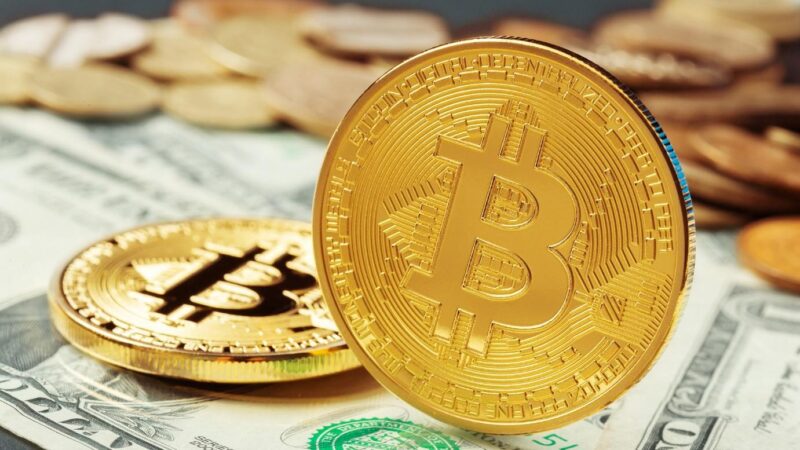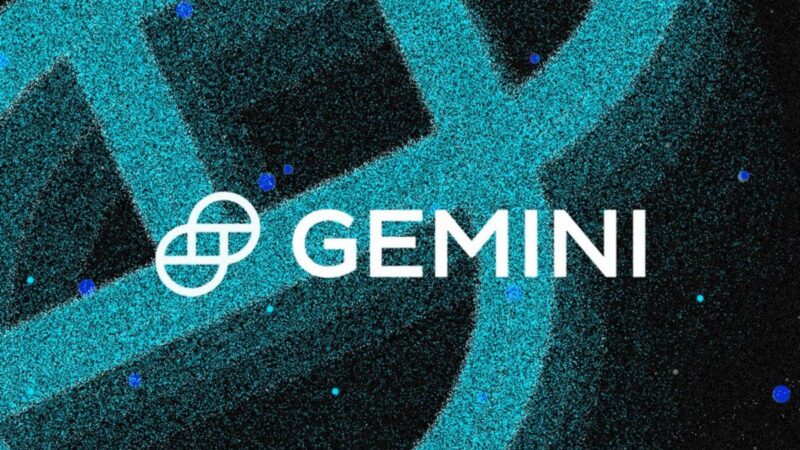Bitcoin Is Stuck in Terra’s Aftermath

Even the most extreme predictions about crypto’s collapse if a major experiment in decentralized finance fails are too optimistic. After a few more months of growth, Terra’s collapse may have generated a DeFi version of 2008. Rather, steep algorithmic stablecoins may be the major victim of the market’s reaction. TerraUSD, a token that uses algorithms rather than collateral to modify its stockpile and retain a 1-to-1 peg with the US dollar, and its digital coin compatriot Luna lost nearly all of their value on May 9, 2022, and Terra blockchain activity was twice reprimanded. TerraUSD and Luna are both Terraform Labs’ tokens. As of this writing, Luna’s value has plummeted to near-zero, while UST is locked at 20 cents.
However, although crypto prices steadily recovered slightly, the crash wiped off around $300 billion or more from the sector’s trillion-dollar valuation. Even the biggest collateralized stablecoins that backed their peg with dollar and dollar-equivalent assets had a shaky start to the week, but by the end of the week, they too had returned to business as usual. Traders buy Terra to keep their digital assets’ value steady without having to leave the ecosystem. During times of market uncertainty, investors may go to them for protection or even as a way of digital payment. TerraUSD’s unique mechanism may be approaching retirement, at least for projects that are too big to fail. Stablecoins are necessary for DeFi to function. It would be disastrous for the DeFi ecosystem if people lost faith in stablecoins.
With a market value of about $18.6 billion before May 8, TerraUSD was dwarfed by its collateralized competitors, Tether and USDC, which had a combined worth of $83.2 billion and 48.7 billion. However, if it had collapsed any later, it would have had a far greater impact on the rest of the world.
The Cost of Failing
Do Kwon, the Terra ecosystem’s co-founder, said he intended to construct a reserve that might help UST in a catastrophic event. With the help of the Luna Foundation Guard, a group whose only purpose was to maintain UST’s financial stability, he built up a large Bitcoin stash to serve as collateral for UST. Meanwhile, the project’s blockchain continued to be used by app developers, investors continued to place bets on its future, and several prominent crypto figures committed themselves permanently to it.
According to a blockchain forensics company, the LFG purchased $3.5 billion in Bitcoin. They hoped to raise the stockpile to $10 billion by the third quarter of this year in conversations with the media. Assuming TerraUSD failed to unwind, the business might use its current Bitcoin supply to attempt to calm the selloff, but this would need much more cash. The de-peg would not have been as damaging to markets if the LFG’s hoard had already reached the $10 billion barriers, but the sudden influx of Bitcoin into exchanges would have sent shockwaves across the industry. The daily trading volume of Bitcoin was roughly $30 billion in calmer times, such as the days before Terra breached its peg, making Kwon’s stash almost a third of the whole market if dumped all at once.
According to an interview with the crypto YouTube channel in March, Kwon said that “I want to go to $10 billion because aside from Satoshi, we would be the biggest single holder of Bitcoins globally. A failure by UST would mean the collapse of the crypto sector as a whole.”
(Un)Stable
Algorithmic models that regulate UST rely on software programs, trader incentives, and Luna swaps to preserve their value even with some reserves put in. With collateralized stablecoins, like Tether and USDC, it’s possible to redeem tokens for fiat money rather than the tokens themselves. Although the integrity of Tether’s assets has been questioned in the past, Terra’s volatility saved the token from the same fate.
In the wake of Terra’s collapse, the stablecoin industry may face more scrutiny from authorities, who previously saw Tether’s tokens as a possible systemic danger. When it comes to unregulated private stablecoins, they may bring the same type of hazards as bank runs.
The co-founder of NFT recently said, “The beauty of a bull market is attracting all the money and clever people. To attract the attention and the brains we need in this field, we need a bull market. It’s impossible to clear away the mob without a bear market.”






